I was scrolling through the various notifications on my lock screen last week when I came across one I don’t often get. There, next to the blue iMessage bubble, were a few surprising words. I swiped to unlock.

With only about an hour per day and $800 in total Facebook ad spend, my buddy had turned an experiment in his free time to over 40,000 fans and has now received two offers to acquire his page.
I. Background
Chin Fong is the chap who sent me the message. He’s a former colleague and product guy who thought it would be fun to grow a Facebook page from scratch on a random topic. It was strictly to learn something new in his spare time, but quickly turned into a bit of a success story.
We started with a list of all the top fan pages on Facebook and their associated likes to see if we we could detect any patterns. It was useful for discussion purposes but ultimately led our thinking in a different way. Namely, coming up with a few niche markets to A/B test against each other. Chin started 4 Facebook groups:
- NYCity Gardening: Notice the creative naming convention, combining ‘NYC’ with ‘City’ because many page names were already taken for the city gardening concept.
- Wedding Dreamer: Weddings represent a highly engaged audience and covers most of the adult population, we would have to answer the question of whether the market is too saturated already.
- Crafts For Kids: For busy parents, a few do-it-yourself projects for kids seems like a problem that needs solving. Parents don’t have much time to find, prepare, and run a project in what little free time they already have so this could serve as a potential resource.
- Clowns, Ghosts & Creepy Stuff: Not everyone loves horror, so there isn’t as many folks interested in it or talking about it online. So, this serviced as a good niche to test.
As you might expect, the niche pages did better for a few reasons. First, because there isn’t as much competition. And second, but also counterintuitively, it’s easier to find compelling content in the long-tail of things like horror than for a generic topic like gardening. As of today, the total likes for each page are as follows:
- Clowns, Ghosts & Creepy Stuff: 44,380 likes
- Crafts for Kids: 337 likes
- Wedding Dreamer: 19 likes
- City Gardening: 13 likes
Each page started at exactly zero fans. It took about 1.5 hours per day in the beginning and about 30 minutes per day towards the end to grow the Horror page to over 40,000 fans.
Once you reach that threshold, you’ll begin receiving acquisitions requests. In this case, the first came from a woman who worked for a marketing agency and wanted to buy the Horror page because they thought it could help promote other things for their clients. The price they were offering? $6,000. As I write this today, a second offer came in from another party offering $10,000.
That’s over a $9000 profit (10x return) for only about 80 hours of work. Not too shabby for something that continues to grow organically with very little work.
I. First Month
The first week is where we separate the wheat from the chaffe. You need to do two things every day for each page: 3 pieces of content and buy $5 ads. Check the pages at the end of each day to see which are getting traction. In the first week, expect to spend about an hour and a half each day doing this. Chin Fong recommends:
Use bitly links for every URL that you post to the page so you can track engagement. Facebook tells you a lot, but sometimes it’s better to have two data points so you can cross-check everything. Also, bitly lets you sort by most clicked links so you can see quickly what works and what doesn’t.
Something that will take more time in the beginning but pay dividends in efficiency later is to collect a library of content up front. Create a folder on your computer and drop as many images, links, or videos you will want to use later. Then you don’t have to search online every day. If you’re feeling lazy, just pull from the content you’ve already collected.
You can even go so far as prescheduling everything to go out the next day. Write it up at night or in moments of free time, then let it be posted by Facebook at the day and time you set.
After the first week, drop the two underperforming pages that are getting less likes. In Chin’s case, it was the generic, highly competitive ones that did not perform well: weddings and gardening.
For the last two weeks in the first month, use the same approach outlined above. A/B test the remaining two pages against each other to see which one has not just more likes, but higher engagement by the fans. In Chin’s case his two remaining pages were neck-and-neck, gaining almost the same amount of likes, but the Horror page was getting triple the engagement.
Chin Fong said:
One page was getting 3x more interactivity from fans. The number of likes were the same, but it didn’t matter, because it’s all about engagement.
Kill the less engaging page, even if you have more likes. Eventually that interactivity with potential superfans will become more valuable and allow the page to feel more active for new fans who just arrive.
II. Second Month
In the second month, it’s time to refine the tactics you’re using with the ads. Once you have them running, you begin getting analytics on who clicked on your ads like sex and age group. Now you’ve got yourself a feedback loop, but remember, this is after you pay.

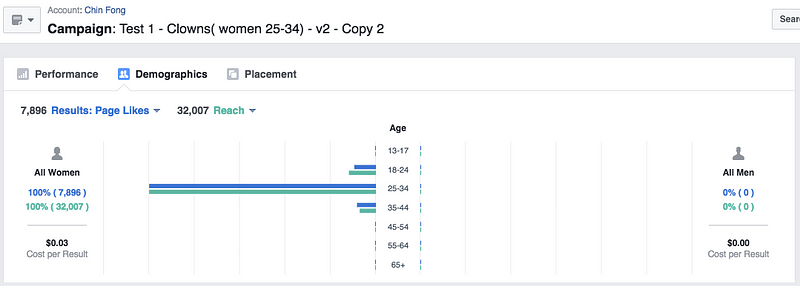

After paying for ads on Facebook, you get some insightful analytics about the audience.
Chin tried various strategies and kept refining. His goal was to get the price down so he was paying no more than $0.02 per click. Your goal should also be to try different types of targeting to reduce the cost per click. After all, why pay $3 when you can get the same fan interested for $2.
If you’ve never set up a Facebook ad, have a gander at Facebook’s official guide to help you get started. One important aspect to pay attention to is the topics your audience is interested in. For the Horror page, Chin chose things like “American Horror Story”, “The Exorcist”, and “CreepyPasta” (a competitive page).
Whatever your page is, choose some things that your target audience might also have liked on Facebook, including other popular pages. You might try underserved geographies like Chin did with Trinidad and Tobago. The competition for reaching these people is likely to be less, which means you pay a lower price per ad click.
Below are a few examples showing the ad targeting he used.

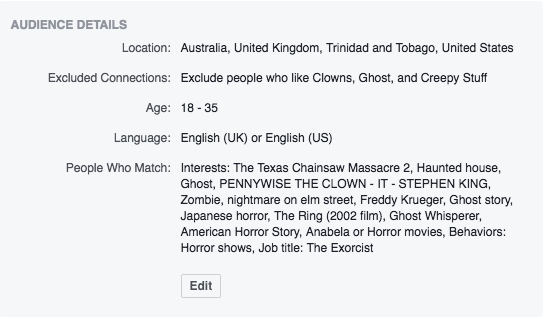
After choosing your target audience, you then need to select a compelling image and write engaging ad copy. For example:

Be scientific about your approach to the ads.
Choose 4 combinations running at the same time: 2 with the same image and 2 with the same copy. Then whichever ad combination performs best, use that to A/B test a different audience. Keep repeating this process with different variables until you find a combination that gets you the most fans at the cheapest price (e.g., $2 per click).
It’s a bit like continuous deployment, only applied to ad cost optimization. Facebook gives you the keys to success for pretty much everything except the content. For example, below is an example of the engagement for the page throughout the day so you know the best time to post. Remember from above that you can schedule in advance. Use this page to inform you of the best time for your audience.
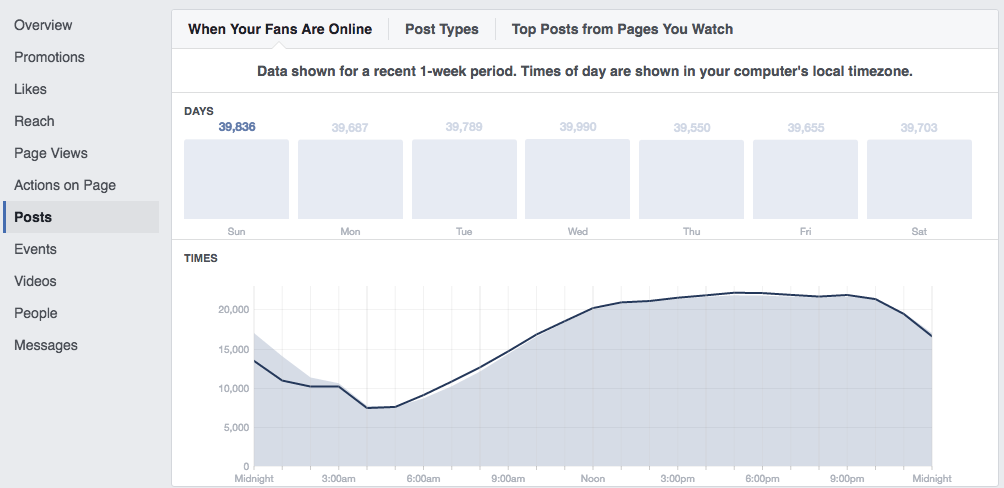
Facebook has an incentive to make their app as engaging as possible, especially for advertisers who earn them revenue. So they’re going to keep giving you data to help you make decisions and optimize your page for their users. For example:

Whenever you post a piece of content you can see how many views, clicks, and overall engagement to help you with this optimization. For example, you might switch between articles and images or different subheadings and comments. Questions like “Is the image not working, or is the title not working?” become important.
We found that asking questions of the audience creates the most engagement. For example, Chin promoted an image for the movie Conjuring 2, which was trending at the time, and got 3 million views due to the question posed within the image. Because it said something that was potentially false, it created a conversation around the topic. That drove people to see the movie and find out for themselves if the claim was true. Brilliant.
The best part is you don’t even have to create this content. You can find it online and post it to your page. 3 million views for 3 minutes of work.

At this point you might be asking whether you should boost posts. Based on our experience, it works when you’re first getting started building a community for your page. But after you have many folks who’ve liked your page and are engaging with the content, it’s a waste of money. You won’t reach many new people who haven’t already come across the page.
III. Third Month
After you build your page to 10,000 to 20,000 fans, you’re allowed to get demographic insights from Facebook on your page and other pages. As long as you’re paying for ads, you get data about your page. But this goes deeper. Much, much deeper. You get data on your fan’s education level, relationship status, other sites they like, activities they like, devices used, household income, size of their house, and what they spend their money on. You see pretty much everything they’ve ever put into Facebook.
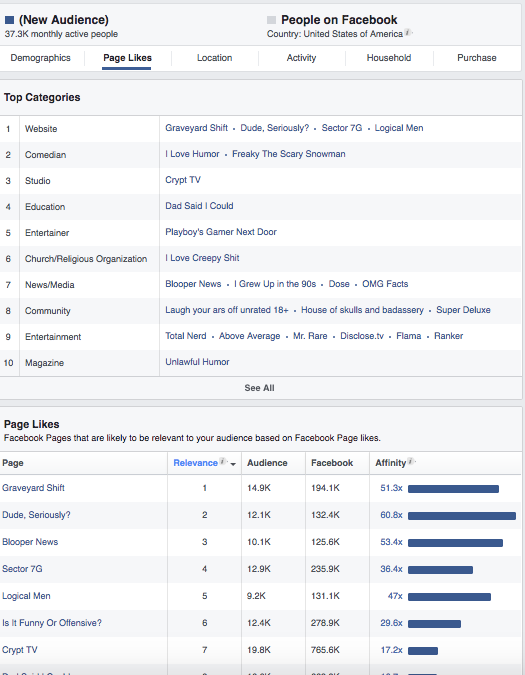
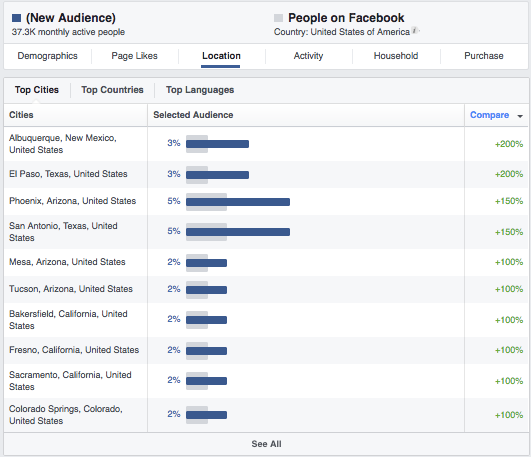
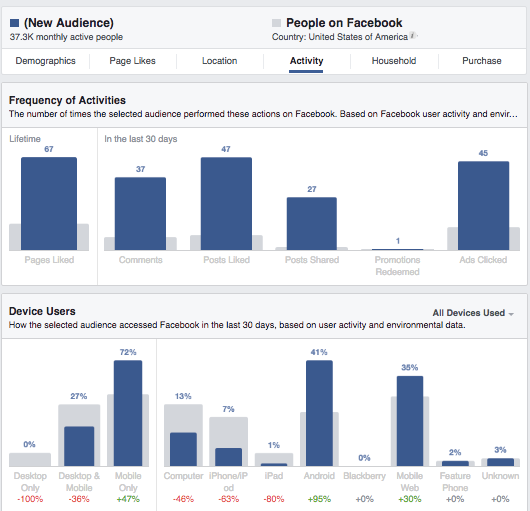
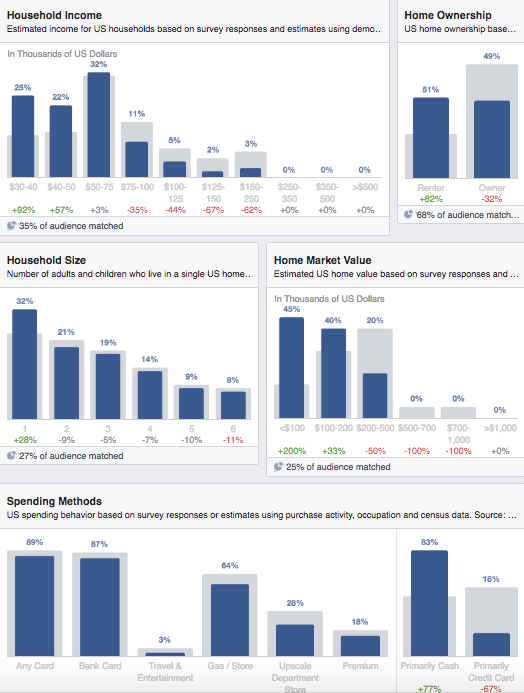
How do you use all of this new data to your benefit? Refine your ads to make them even better, of course. Once you see what your general group of fans like, you can go to those other pages and see what type of content your competitors are posting, then mimic that on your own page.
Note: it’s important to respond to any message or question quickly. There’s one fan that messages Chin every night with non-horror related chats. It’s things like, “How’s it going”. Chin always responds as fast as he can. He shows a human side to his page. That’s what it means to build a community. You must engage with them. They’re real people with feelings after all.
Now that your page is running and you’ve reached 40,000 fans, you should be spending about 30 minutes per day for 5–6 content posts. From folks I’ve talked to in the industry, spending a minimum of $500 per month in Facebook ads will get you the greatest reach. I have a feeling Facebook ranks advertisers by dollar spend and will help out the pages that spend more and spend consistently on ads.
IV. A Note On How To Find Content
Did you know that you can track your competitors and reuse the content they post for your own page? It creates a bit of an ethical dilemma, but Facebook does make this easy. They show you the top competitor pages, as so:

And then shows you the top post from each page:
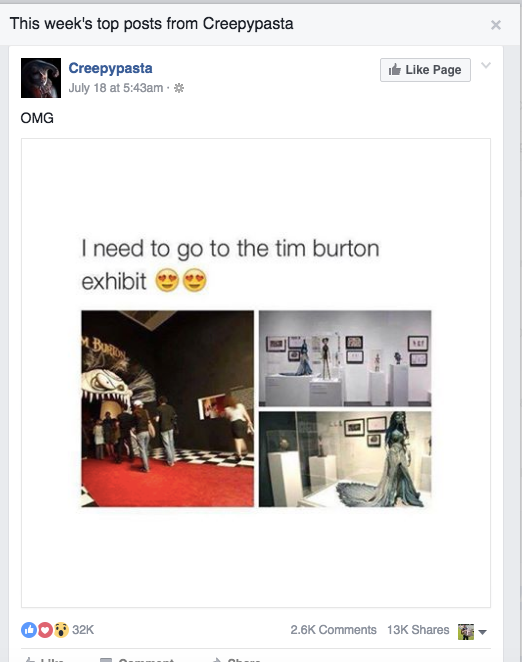
Oy, that’s a lot of temptation. But I don’t think Facebook much cares as long as their users keep logging in every month. Other options you have for finding more images include searching sites like buzzsumo to see whats trending and the best place to share it:
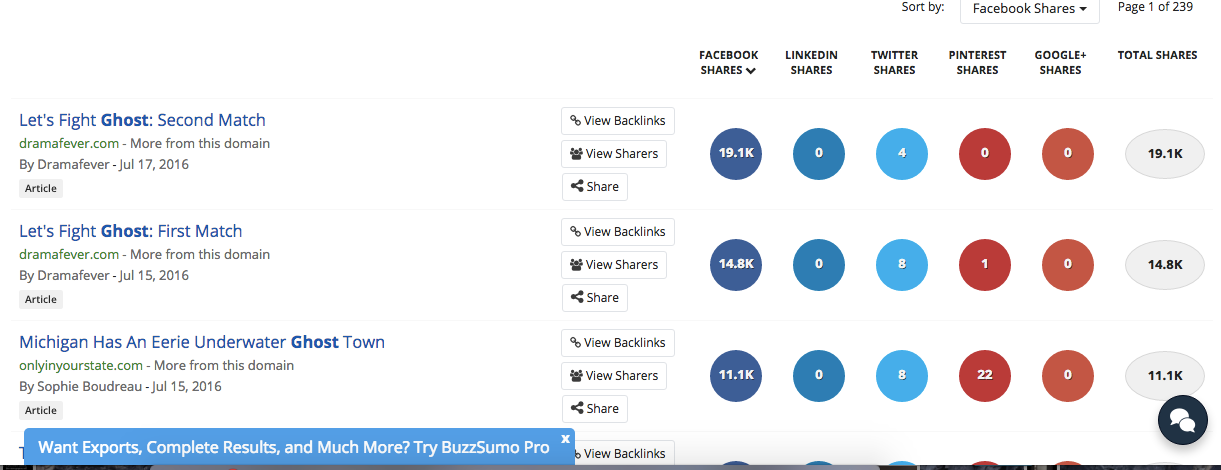
Finally, there’s also Reddit or imgur to see what’s trending for your topic and post that to your page.
V. What’s Next
Another interesting development will happen after you reach about 40,000 fans. Fans will request to be page administrators. It engages the super fans even more and removes you from having to do the heavy lifting every day. Instead, check in briefly to make sure everything is still on brand.
In essence, once you reach a bit of scale, your community will start to work on your behalf and you don’t have to do as much. It just works. This is the power of the internet.
You don’t have to use shady tactics or buy likes from a social media farm in order to build a community of your own. You can use the free tools available to everyone, a few hundred bucks in ads, and a bit of time.
The real value in doing this isn’t to get acquired, however. Rather, it’s to learn about how to grow a community from scratch for when you want to do it for a real product. This is just practice.
When you have nothing to promote, it makes it easier to focus on the people instead of your product or service. And it’s the promotion part that always gets people in trouble. Your priority may not always be your audience’s priority.
A great lesson.
So that’s how you build a Facebook page from 0 to 40,000 fans in a few short months and get an offer to be acquired for $10,000. Give us a shout if you have any questions.
